This past August I attended The Association for Theatre in Higher Education (ATHE) Conference in Las Vegas, Nevada. I was invited to present a demonstration for the Directing Focus Group's pre-conference in which I guided the audience through a series of exercises that I take all of my acting students through before they are allowed to work with a partner on scenes for class. Additionally, I also presented these guidelines as a member of the panel, “Acting Sexy,” sponsored by the Association of Theatre Movement Educators.
After returning from the conference many theatre educators reached out to me for this list, so I am publishing these tips here for all to access. While many of us have developed our own way of handling the tricky stuff in our classrooms, at ATHE, many theatre practitioners expressed that they felt these tips helped them articulate their own process to students.
These guidelines have been proofed and approved by the Title IX office at the University of Miami. If you are unsure if they serve the guidelines of your program I encourage you to reach out to the Title IX office in your institution. This work is available in more detail through a Theatrical Intimacy Education workshop and will be part of our workshops (coming this spring).
The Prep
The following tips are the guidelines that my students learn and must practice when working on scenes for class.
Accept that you have to work in an open, vulnerable and neutral stance. Take a few moments to silently stand in an open neutral position (without touching) and take in your partner.
Be specific and clear about boundaries – especially physical boundaries. While we recommend establishing boundaries through a physical exercise that we teach in our workshops, boundaries can be reinforced verbally. We like to say areas that are off limit to touch have "fences." This way the partner can physically visualize the boundary of a fence and remember not to cross the boundary established by their partner.
Self-Care cue – agree on an word that will be used by anyone to stop the action when the actors feel there may be something amiss in the choreography or the if the actor needs a moment for mental self-care. When the cue is used by anyone, all action should stop and physical concerns and issues should be addressed. If this is for a moment of mental self-care, allow the actor to have a moment alone and move on when ready. Full permission from each partner should be given before rehearsal can start again. I suggest picking a cue line that is not related to the show, for example, "New Orleans" is not a great self-care cue if you are working on a production of A Streetcar Named Desire
When new contact occurs for the first time ask for permission. Receive clear, affirmative permission before initiating touch.
Use “I” language. Remember to offer ideas, do not direct.
Always work towards telling the story. Clarify the objectives for physical action.
When you find complicated physical touch in a scene make sure you repeat with a slow pace. Continuing work at a slow pace until it is completely safe to move to performance pace.
Take breaks during the rehearsal in order to address each action with the following phrase:
“As my character I want to (state the character’s intention), as the actor I am going to (describe in detail how to physically accomplish).”
Always keep working towards telling the story, do not allow yourself to get caught up in showing clever ideas.
Never leave the rehearsal without discussing what you achieved.
Be honest with your partner about you how you feel about the outcome of what was achieved in rehearsal. Be honest about how you feel about the way you and your scene partner worked together. If you do not feel you can be open with your partner immediately contact your teacher, director, or stage manager to discuss your feelings.
Make sure you are in agreement about how the scene is working. Never leave the rehearsal with unanswered questions for your partner.
Journal the process. It is important to have a written record of the rehearsal process. In rehearsal for a production the stage manager will do this but in a private rehearsal for class you need to journal. This will help you keep a clear idea of the intimacy choreography created during the rehearsal. This will help you journal your process as an actor. This will also serve as a record of agreement or disagreement about what was achieved in rehearsal that can be compared with your scene partner’s record if needed. Title IX officials suggest always having a third party present when rehearsing scenes for class but because that is not always a possibility, a journal is the next best option.
TIE offers a comprehensive approach to staging and teaching theatrical intimacy. These tips are a great starting point for any class exercise. For more detail on these tips, reach out to Laura.
For information about our more in-depth workshops or general inquiries, contact us.

